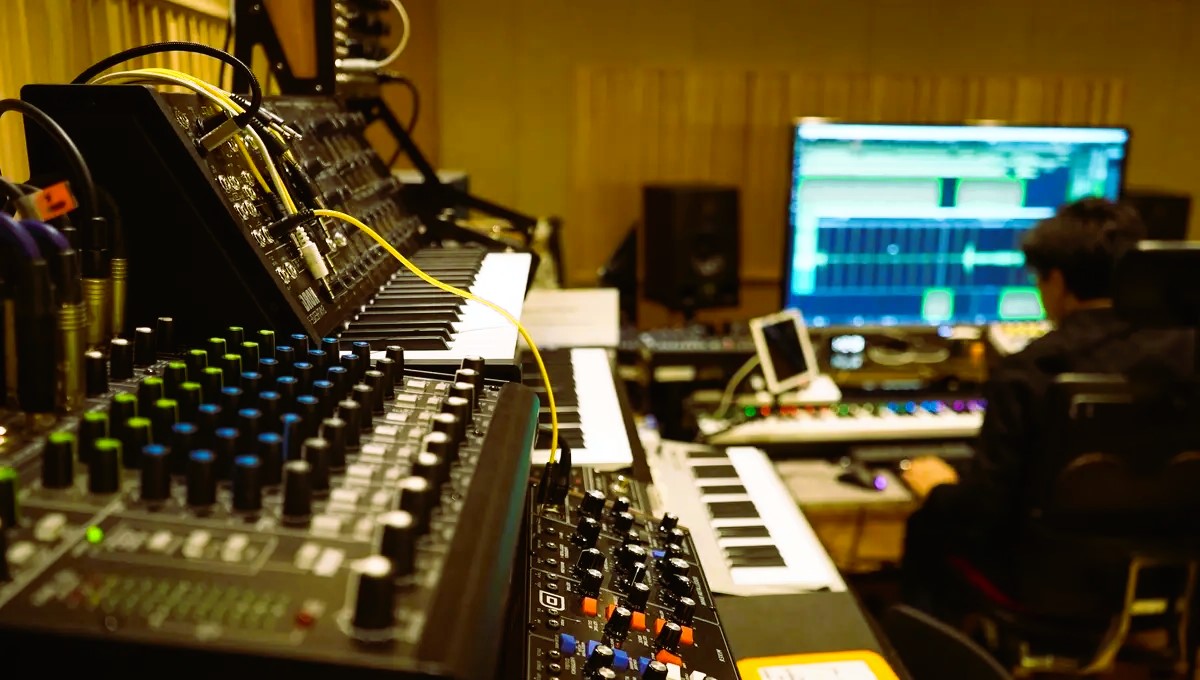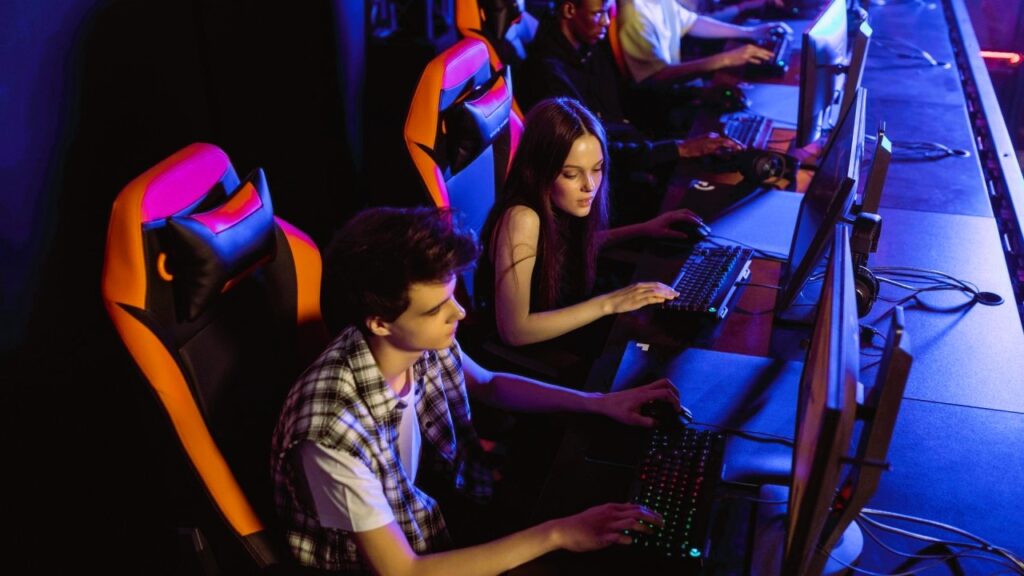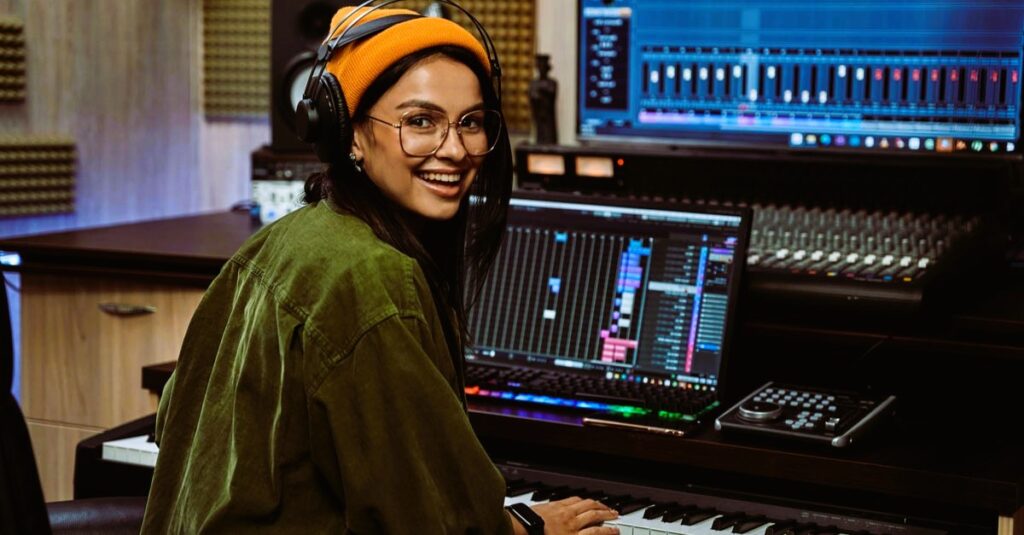
In the ever-evolving landscape of video games, where stunning visuals and captivating narratives often take center stage, the role of sound design is a silent yet powerful force that significantly contributes to the overall gaming experience. The impact of sound design on creating immersive gaming experiences cannot be overstated. In this exploration, we will delve into the intricacies of sound design, examining its influence on player engagement, emotional resonance, and the overall success of modern video games.
The Importance of Sound Design
- Setting the Atmosphere:
- Sound design serves as a cornerstone for establishing the atmosphere of a game. From the rustling leaves in a serene forest to the distant echoes of gunfire in a war-torn landscape, sound creates the auditory backdrop that enhances the player’s sense of presence within the virtual world.
- Emotional Resonance:
- Emotionally resonant soundscapes can elevate a gaming experience to new heights. Whether it’s the haunting melody of a soundtrack, the subtle cues of impending danger, or the triumphant notes of victory, sound has the power to evoke a wide range of emotions and forge a deeper connection between the player and the game.
- Spatial Awareness:
- Effective sound design contributes to spatial awareness within a game, enhancing the player’s ability to perceive the virtual environment. From footsteps approaching from behind to distant explosions signaling an imminent threat, spatial audio cues provide crucial information that can influence strategic decision-making.
- Narrative Reinforcement:
- Sound design is a storytelling tool in its own right. Dialogue delivery, ambient sounds, and environmental audio cues contribute to the narrative fabric of a game. A well-designed audio landscape reinforces the narrative elements, enriching the player’s understanding of the game’s world and characters.
Key Components of Sound Design

- Music:
- The musical score of a game sets the emotional tone and enhances the overall atmosphere. From sweeping orchestral compositions to dynamic adaptive soundtracks that respond to gameplay, music plays a pivotal role in shaping the player’s emotional journey.
- Sound Effects:
- Sound effects bring the virtual world to life. From the clinking of footsteps on different surfaces to the nuanced sounds of various in-game actions, well-crafted sound effects contribute to the player’s sensory experience and immersion in the game. Do you like the article? Read also about the Art of Speed Running.
- Voice Acting:
- Voice acting is a crucial component of character development and storytelling. Convincing voice performances breathe life into characters, making them relatable and adding depth to the narrative. High-quality voice acting enhances the player’s investment in the game’s unfolding story.
- Ambient Sounds:
- Ambient sounds, such as the wind rustling through trees, the chirping of birds, or the hum of machinery, contribute to the environmental immersion. These subtle background noises enrich the gaming experience by grounding the player in a believable and dynamic world.
The Evolution of Sound Design in Gaming
- Technological Advancements:
- Advances in technology have played a pivotal role in the evolution of sound design. High-fidelity audio engines, surround sound systems, and spatial audio technologies have enabled developers to create more realistic and immersive auditory experiences.
- Dynamic Audio:
- The concept of dynamic audio involves adapting the sound design in real-time based on player actions and the evolving game environment. This dynamic approach enhances immersion by ensuring that the auditory experience remains responsive and contextually relevant.
- Binaural Audio and 3D Soundscapes:
- Binaural audio simulates the way humans perceive sound in three-dimensional space, providing an unparalleled sense of directionality and depth. Games that implement binaural audio or 3D soundscapes offer players a heightened level of spatial awareness, contributing to a more immersive experience.
Case Studies: Games with Exemplary Sound Design

- The Last of Us Part II (2020):
- Naughty Dog’s The Last of Us Part II is lauded for its exceptional sound design, incorporating realistic environmental sounds, dynamic audio cues, and emotionally charged music. The game’s attention to detail in sound contributes significantly to the emotional impact of its narrative.
- Hellblade: Senua’s Sacrifice (2017):
- Hellblade: Senua’s Sacrifice, developed by Ninja Theory, utilizes binaural audio to simulate the protagonist’s experiences with psychosis. The result is an intense and immersive auditory journey that mirrors the mental state of the character.
- Red Dead Redemption 2 (2018):
- Rockstar’s Red Dead Redemption 2 features a vast open-world with a meticulously crafted soundscape. From the rustling of leaves in the wind to the sounds of wildlife, the game’s attention to environmental audio contributes to the sense of realism in its Wild West setting.
The Future of Sound Design in Gaming
- Virtual Reality (VR):
- Virtual reality presents new opportunities for sound design to enhance the sense of presence and immersion. As VR technology continues to evolve, spatial audio and realistic soundscapes will become even more integral to delivering truly immersive experiences.
- Adaptive AI-driven Soundscapes:
- The integration of artificial intelligence (AI) in sound design holds potential for creating adaptive audio experiences that respond intelligently to player actions. AI-driven soundscapes can dynamically adjust to the player’s choices and the evolving narrative.
- Collaboration with Music Artists:
- Collaborations between game developers and renowned music artists are on the rise. Integrating original compositions and curated soundtracks from prominent musicians not only enhances the auditory experience but also elevates the cultural impact of games.
Conclusion
Sound design stands as an unsung hero in the world of gaming, shaping experiences, conveying emotions, and immersing players in virtual realms. As technology continues to advance, the role of sound design will become increasingly pivotal in defining the future of gaming. For more insights into the world of sound design in gaming, explore resources on GameSpot. These platforms offer valuable reviews, discussions, and in-depth information on the ever-evolving landscape of gaming soundscapes. Happy gaming, and may the sounds of your virtual worlds be as rich and immersive as the experiences they accompany!


